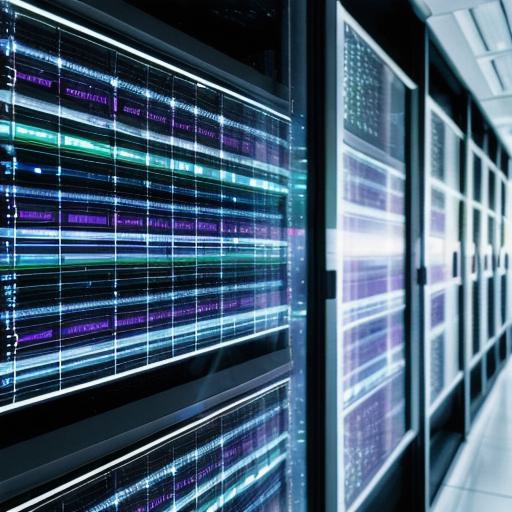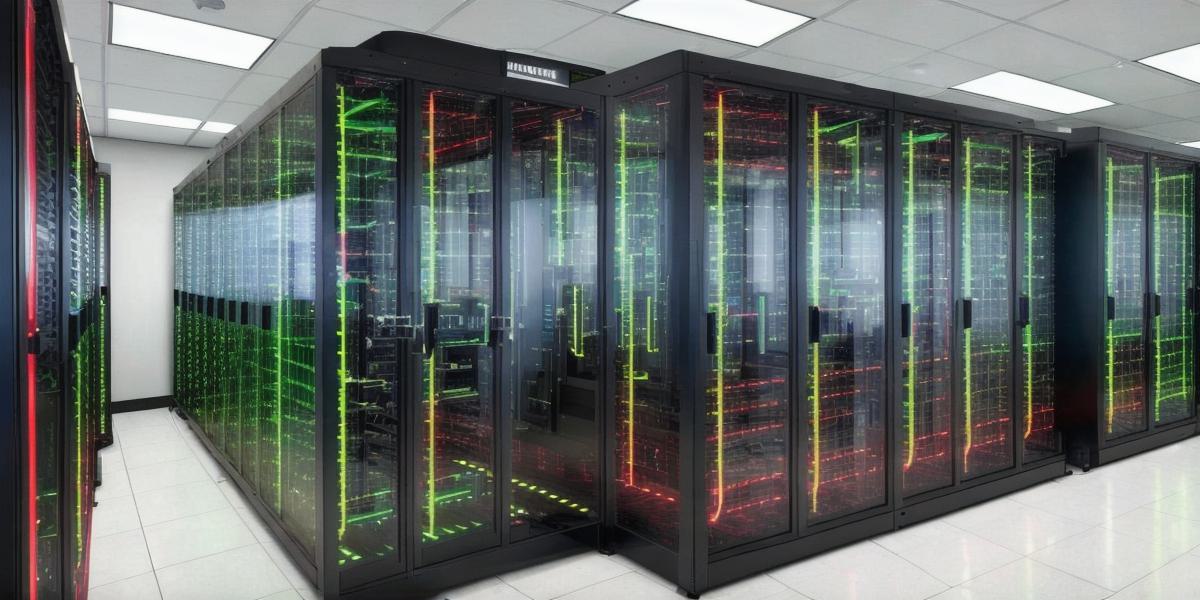Data centers are critical infrastructure for businesses, supporting mission-critical applications and digital services that drive growth and innovation. To ensure optimal performance and efficiency, data center operators need to monitor and manage various key performance indicators (KPIs). In this text, we will discuss some of the most important KPIs in a data center environment.
1. Power Usage Effectiveness (PUE)
Power Usage Effectiveness (PUE) measures the total amount of power used by a data center for both IT equipment and cooling systems. A lower PUE indicates more efficient use of energy, reducing costs and environmental impact. For example, a PUE of 1.5 means that 50% of the electricity consumed is used for IT operations.

2. Server Utilization
Server utilization refers to the percentage of total server capacity that is being utilized by running applications or services. High server utilization indicates efficient use of hardware resources, reducing costs and optimizing performance. For instance, a data center with 80% server utilization could potentially add more workloads without the need for additional servers.
3. Network Latency
Network latency is the time it takes for a data packet to travel from one point in the network to another. Low network latency is crucial for applications that require fast response times, such as real-time collaboration tools or online gaming platforms. For example, a network with 10ms of latency would be considered very responsive compared to one with 100ms or more.
4. Mean Time Between Failures (MTBF)
Mean Time Between Failures (MTBF) is the average length of time between component failures in a data center environment. High MTBF indicates reliable hardware and infrastructure, reducing downtime and maintenance costs. For instance, a power supply with an MTBF of 500,000 hours has a much longer lifespan than one with an MTBF of 100,000 hours.
5. Mean Time To Repair (MTTR)
Mean Time To Repair (MTTR) is the average length of time it takes to identify and resolve issues in a data center environment. A short MTTR minimizes downtime and maximizes productivity. For example, an MTTR of 1 hour would be much more desirable than one of 4 hours or more.
6. Capacity Utilization
Capacity utilization refers to the percentage of total available capacity that is being used by applications or services in a data center. High capacity utilization indicates efficient use of physical resources and maximizes the return on investment. For instance, a data center with 80% capacity utilization could potentially accommodate more workloads without requiring additional infrastructure.

7. Environmental Conditions
Environmental conditions such as temperature, humidity, and airflow play an essential role in ensuring optimal performance and longevity of IT equipment in a data center. Proper management of these factors can reduce energy consumption, improve reliability, and minimize the risk of downtime due to environmental issues.
In conclusion, monitoring and managing these key performance indicators (KPIs) in a data center environment is essential for ensuring optimal performance, efficiency, and reliability while minimizing costs and potential risks. By focusing on power usage, server utilization, network latency, mean time between failures, mean time to repair, capacity utilization, and environmental conditions, data center operators can make informed decisions about infrastructure investments, maintenance schedules, and workload allocation to support their organization’s digital growth and innovation.
